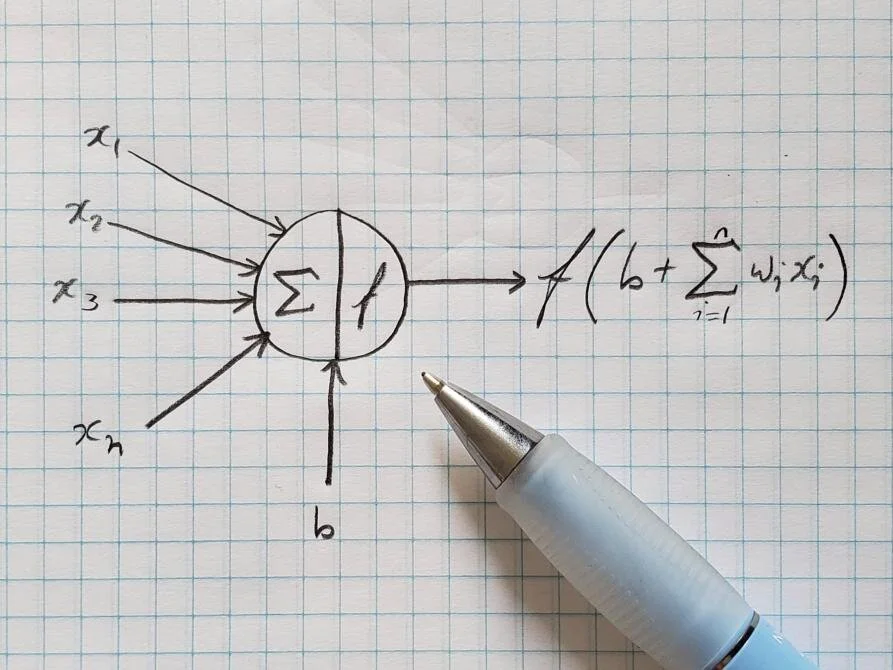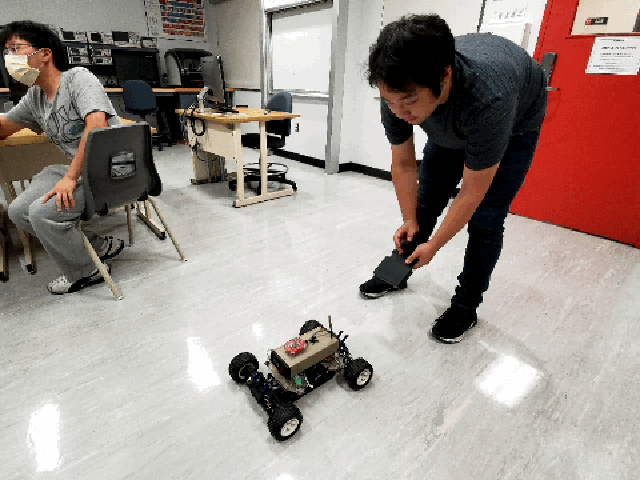Not smart enough?
Bleeding-edge artificial intelligence will not happen on your desktop computer. Live, physical data acquisition brings real world data into your models and targets the next generation of embedded hardware. RedSparx* hardware and software solutions gives you what you need for competitive embedded AI designs.
Just because you’re unique, it doesn’t mean you’re useful.
Everyone is working on artificial intelligence. Everyone is using the same tools and data sets. Don’t be like everyone. Physical data sets are hard to come by and if you do not have the acquisition tools to feed your hungry AI you’re not tapping into the potential that exists in the real world. When is the best time to plant crops? Where should I place my advertising? When is the best time to deploy pest control measures? Build your predictive models to answer real world questions and break from the AI crowd: be useful.
The unintelligent AI.
Anyone can label their embedded electronics a “smart system”. Typically, this means using a decision-tree, control system algorithm, statistical regression, or other well-known methods as their main computational engine. These are not AI systems due to their inability to generalize their behavior on a wide range of data sets. What if you could produce a system with true intelligence? Low-cost electronic systems that accept a wide range of data inputs and extrapolate outputs, synthesize data based on real-world history. The future of AI is in high-throughput data processing in a small, low-cost form factor that can easily fit on drones, in buildings, or in nature.
Compete in the marketplace: Train your engineering team.
Embedded electronic systems have gotten increasingly complex over the years due to decreasing power consumption and sophisticated peripheral and sensor use. Wireless data connectivity is an increasingly ubiquitous part of the modern technical landscape and when combined with edge computing capability in small, low cost electronics, artificial intelligence is poised to take leaps and bounds in the next few years as computing complexity is distributed over remotely connected nodes.



